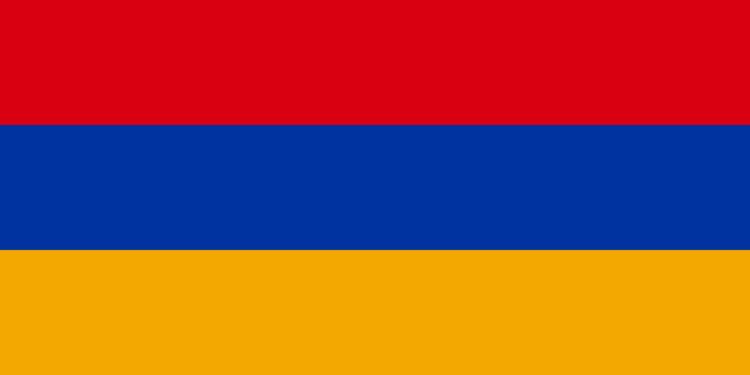 | ||
This article is about telecommunications systems in Armenia.
Contents
Mobile
As of June 2014, Armenia has 3.3 million subscribers in total, and a 120% penetration rate.
There are three mobile phone operators currently in Armenia: Viva Cell MTS, Ucom and Beeline. All three offer both 2G and 3G as well as 4G services. All three networks are widely modern and reliable with shops located in major towns and cities where one can purchase a sim card or get assistance if needed. Most unlocked mobile phones are able to be used on roaming however network charges apply. Ucom and Viva Cell MTS are often recommended to tourists due to the variety of tariffs available and the help available in a variety of languages.
As of 2012, approximately 90% of all main lines are digitized and provide excellent quality services for the region. The remaining 10% is in modernization process.
International system
Yerevan is connected to the Trans-Asia-Europe fiber-optic cable via Georgia. Additional international service is available by microwave radio relay and landline connections to other countries of the Commonwealth of Independent States, the Moscow international switch and by satellite. Main backbones of Armenian networks are made by E3 or STM-1 lines via microwave units across whole country with many passive retranslations.
Radio
As of 2008, Armenia has 9 AM stations, 17 FM stations, and one shortwave station. Additionally, there are approximately 850,000 radios in existence. Primary network provider is TRBNA
Television
Armenia has 48 private television stations alongside 2 public networks with major Russian channels widely available throughout the country. In year 2008 TRBNA upgraded main circuit to digital distribution system based on DVB-IP and MPEG2 standards. According to Television Association Committee of Armenia, TV penetration rate is 80% according to 2011 data.
Internet
There are approximately 1,400,000 Internet users and approximately 65,279 Internet hosts in Armenia. The country code (Top level domain) for Armenia is .am, which has been used for AM radio stations and for domain hacks.
Armentel's (the national communications company's) only fiber optic connection to the Internet enters Armenia through Georgia (via Marneuli) and then connects to the rest of the Internet via an undersea fiber-optic cable in the Black Sea. Armenia is connected to the Trans-Asia-Europe fiber-optic cable system via Georgia, which runs along the railroad from Poti to Tbilisi to the Armenian border near Marneuli. At Poti, the TAE cable connects to the undersea Georgia-Russia system KAFOS which then connects to the Black Sea Fiber Optic Cable System. The BSFOCS is co-owned by Armentel.
Dial-up
A major way of connecting to the Internet used to be dial-up. This was caused by very high prices of Internet access, and only very few people could use other types of connections until Beeline, Vivacell MTS and Orange started selling portable USB-modems. The average price for one hour of dial-up Internet access was about 48 cents, plus 20 cents for using phone line (summary 68 cents per hour).
Broadband
As of March 2010, it is estimated that there are about 100,000 broadband subscribers in Armenia.
ADSL
DSL connectivity is offered by Beeline, Cornet, Arminco, and others.
WiMAX
FTTH
Internet censorship
Access to the Internet in Armenia is largely unfettered, although evidence of second and third-generation filtering is mounting. Armenia’s political climate is volatile and largely unpredictable. In times of political unrest, the government has not hesitated to put in place restrictions on the Internet as a means to curtail public protest and discontent. According to Article 11 of the Law of the Republic of Armenia on Police, law enforcement has the right to block content to prevent criminal activity.
Armenia's internet access is delivered by Russian providers, occasionally resulting in censorship by Russian ISPs. In 2012 Russian authorities blocked kavkazcenter.com, resulting in it being blocked in Armenia. In 2014 five other websites were blocked due to filtering by the Russian telecommunications regulator Roskomnadzor. ISPs claimed the blocks were due to technical error and were removed.
